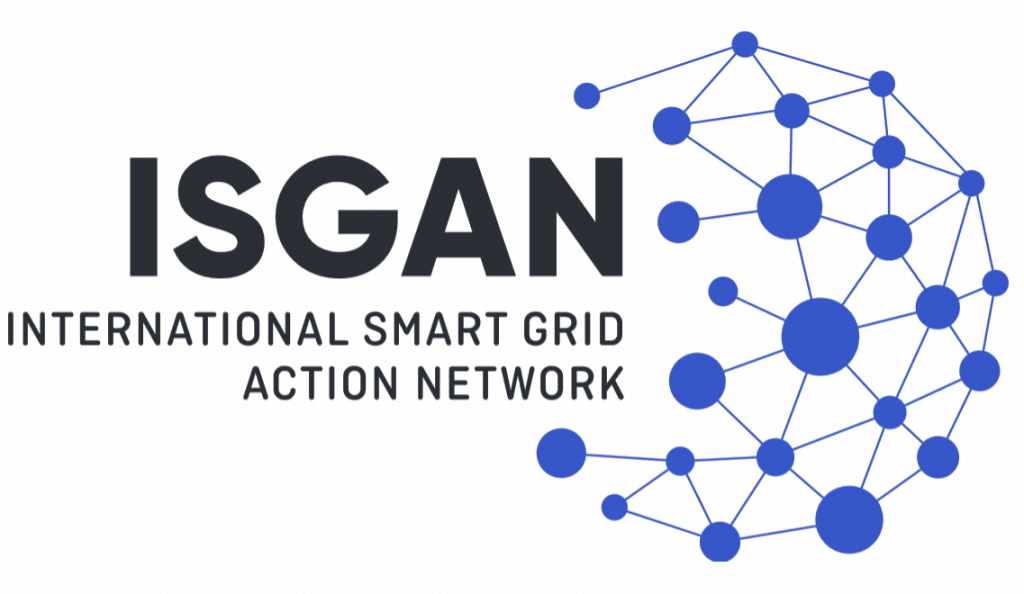While in many cases the negative effects of uncoordinated DER have caused local and system-level challenges, with proper design and control, DER can effectively support the electric grid. DER with advanced control features have been shown to increase hosting capacity by providing voltage support in distribution circuits, supplying ancillary services such as voltage or frequency regulation.
New energy storage targets in Europe and California, energy storage regulations, along with new storage technologies are providing the foundation for massive deployment of energy storage resources. Large-scale storage is common for renewable energy smoothing, peak-shifting, and voltage support, while commercial and residential-scale systems are financially viable in many jurisdictions due to grid codes and other regulations. For instance, electricity prices in Germany are high enough that storing solar energy for use during peak price periods has made home ESS cost effective.
Further, the combination of solar photovoltaics (PV) and energy storage can generate additional value when interoperable grid-support (“advanced grid”) functions allow for intelligent control. In a position paper issued by the European Photovoltaic Industry Association (EPIA), decentralized storage and the ability for those devices to respond to commanded signals will “help support distribution grids operation – and even sometimes avoid costly grid reinforcements.” Widespread adoption of these functions could allow energy storage to remove some of the barriers to high-penetration PV and wind power.
Advanced DER grid functions are not the same across all countries and jurisdictions; and many regions do not have a defined certification procedure to validate the functionality of these devices. As a result, DER system vendors create different versions of their product’s software to be compliant with regional requirements. This adds cost and complexity to the design and certification processes. It also generates disparate testing methods and there is no common set of parameters that can be communicated to the DERs. If a single procedure was created that accounted for all the jurisdictional variations (e.g., a superset of the grid code discrepancies), a single document and procedure could be used to validate all grid code requirements. This is challenging because there are a large number of grid codes and technical rules—each with variations in the function definitions.
The development of an inclusive set of tests for grid support functionality has the potential to open markets for energy storage providers. Data collection redundancies are removed as well, thereby further reducing the overall cost of certification and deployment. Hence, harmonization and standardization of these advanced function tests would bolster the international market for energy storage systems and enable higher penetrations of renewable energy sources.
To accomplish this goal, the proposed “SIRFN BESS” protocol is inclusive of many technical rules and grid codes while being detailed enough for uniform results across laboratories, countries and, even, continents.

